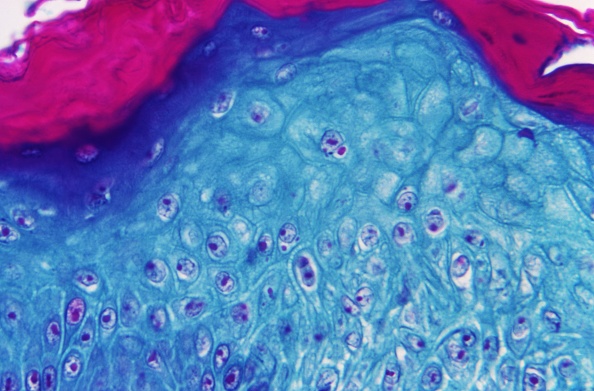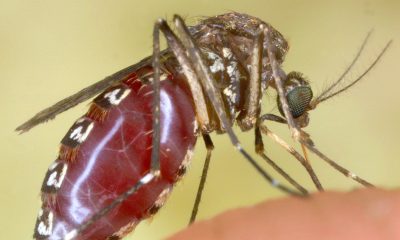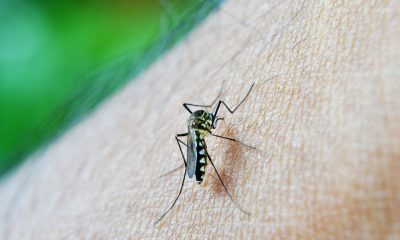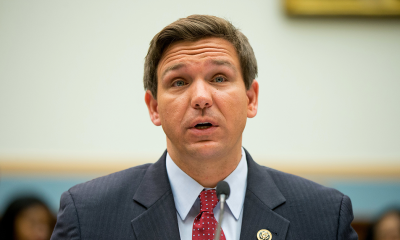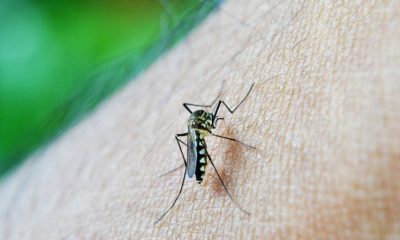As the monkeypox outbreak continues, health officials have started tracking virus clusters in large gatherings like pool parties and music festivals to understand how it spreads.
In an interview with CNN, Lori Tremmel Freeman, chief executive officer of the National Association of County and City Health Officials, said this response has two different aspects.
“One is heavily concentrated, rather narrowly, on events that occur that can be the hotbeds for the spread, including large dance parties and pool parties,” Freeman said.
“Coming off of Pride Month, for example, our health departments in certain areas of the country really had their hands full because there were large events being held where people had many anonymous partners and there was no ability to even track how or when they were exposed,” she added.
Freeman stated that while the country isn’t at the phase of doing prevention efforts just yet, focusing on case counts in high-risk individuals should help manage the existing vaccine quantity to patients who need it.
But case counts are on the rise. According to the latest data by the US Centers for Disease Control and Prevention, there are now more than 2,000 probable or confirmed monkeypox cases across the country. Providing more vaccine doses to cities and counties with rising cases should help alleviate the outbreak.
While not a sexually transmitted disease, the current virus outbreak appeared to have spread through skin-to-skin contact, specifically among men who have sex with men.
However, health officials were quick to reiterate that anyone who comes into contact with a person with an active monkeypox infection can also be infected regardless of their sexual orientation. They also stated that the disease should not be stigmatized in any way.
“It’s not predisposed to men who have sex with men . But there are circumstances and events that have made it so that that’s where we’re seeing most of the cases and transmission,” said Dr. Philip Huang, the director of the Dallas County Health and Human Services Department.
Local health departments across the U.S. are learning more about the virus through contact tracing and other means.

